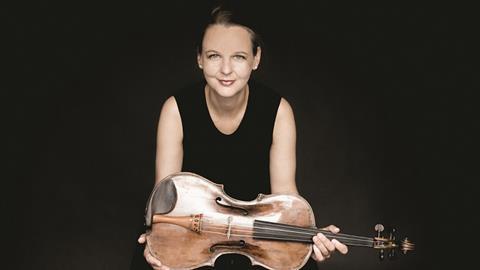The professor of viola at the Carl Maria von Weber School of Music, Dresden, explains how to give meaning to every note by training independence of the hands

The following article is taken from a larger feature on Expressive Technique by Pauline Sachse, published in The Strad's December 2016 issue, out now - download on desktop computer or through The Strad App.
Leonard Bernstein once said that, ‘Technique is communication.’ It’s important that we can draw a link between what we want to express musically and how we do that on our instruments. We need to be able to use our arms, hands, fingers and fingertips to put our artistic ideas into practice.
In music, every note is related to what comes before and after it; every harmony has its own colour and tension. To give our interpretations appropriate meaning, we have to have complete control of the direction, colour, articulation and emphasis of every note in every phrase. If we simply play individual notes one after another, we will play without meaning, as though we are reading sentences in a foreign language, without understanding the meaning of the words. As Mahler said, ‘What is best in music is not to be found in the notes.’
To achieve a truly expressive technique with a full range of colours, we need to have independent control of our left and right sides – for example, a fast or slow vibrato or shift should not go hand in hand with a certain speed of bow. Many students find it difficult to separate what they are doing with their left and right arms, and this limits expressivity and technical ability: intonation, shifting, bow control and many more aspects of our playing can be affected. With independence comes the ability to shade, connect and energise every note in a way that serves the musical line.
To develop this skill, you must be aware of your whole body while playing exercises, especially the feeling at the centre of your fingertips, and think about how that feeling relates to the sound you are producing. Even when you are playing pianissimo, make sure that your tone is firm and of a good quality – this will make it easier to transfer these concepts to your pieces later on.
To read the full article by Pauline Sachse, including detailed technical exercises, download The Strad's December 2016 issue on desktop computer or through The Strad App.
Photo: Neda Navaee








































No comments yet